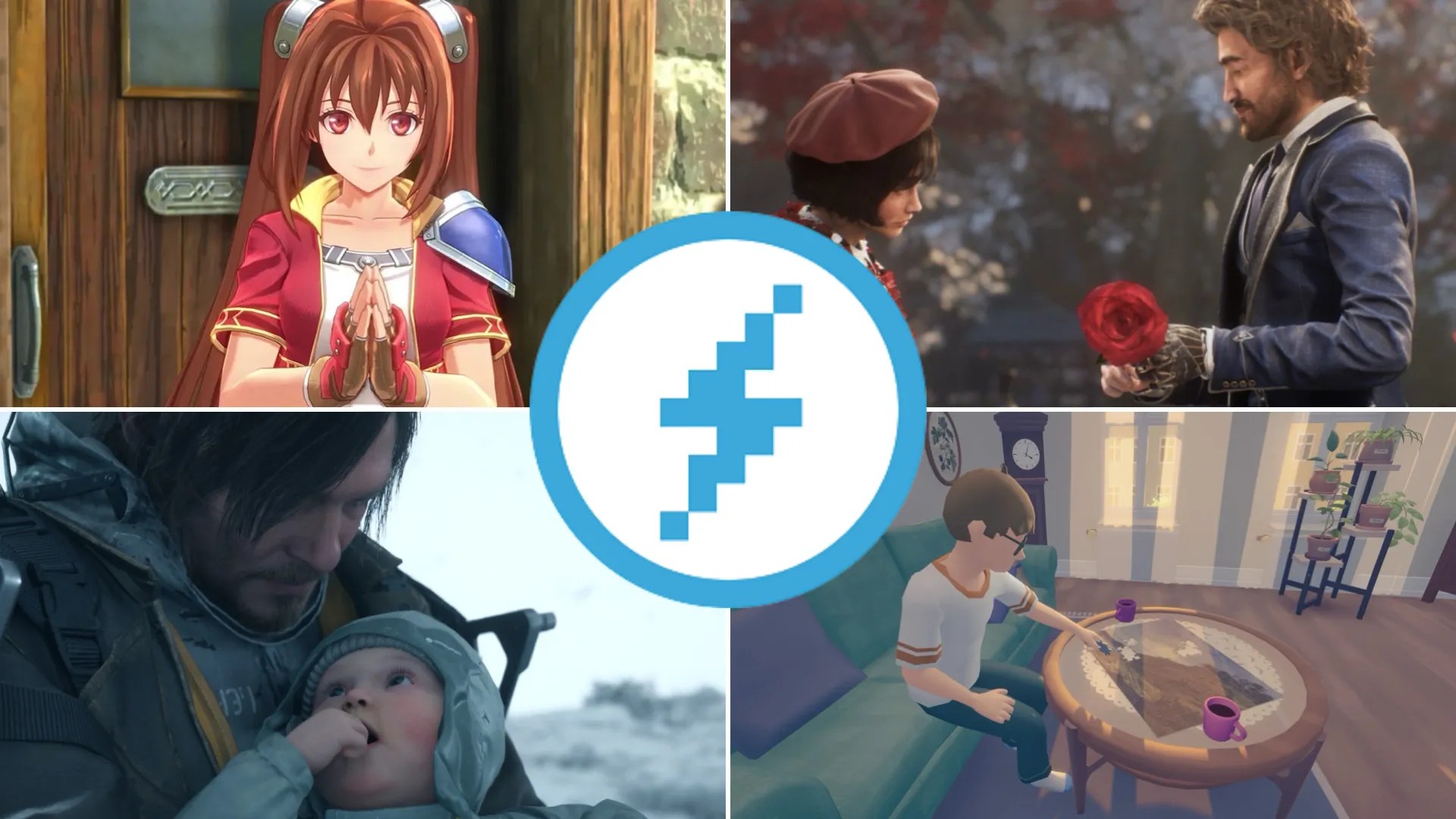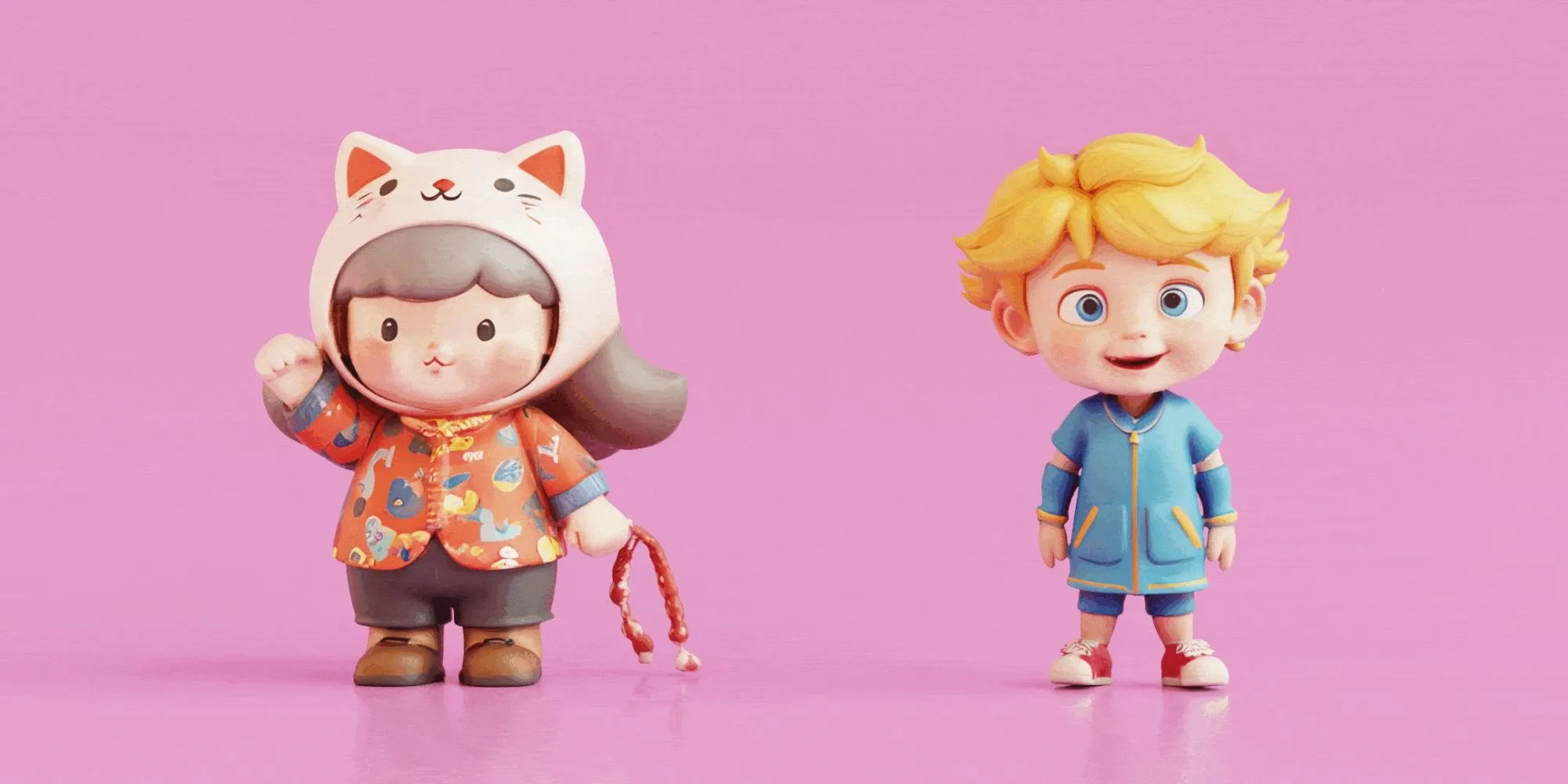
The Super Nintendo Entertainment System, better known as the SNES, launched in the United States in the Summer of 1991, following its release as the Super FamiCom in Japan in the Fall of 1990. As far as overall performance goes, the SNES has sat around the upper-middle of the road, not quite outperforming its predecessor. While the console itself isn’t the hottest ticket in Nintendo’s chronology, more than a few of its games have secured positions of prominence in the greater gaming echelon.
With more advanced technology and graphics than the NES, the SNES heralded a new era of gaming, giving us games with deeper stories, more nuanced mechanics, and larger, interconnected worlds. The upper crust of the SNES library were banner-holders for their time, and still hold up remarkably well today.
As such, while the main purpose of a Switch Online subscription is to play Switch and Switch 2 games online, you’d be doing yourself a disservice if you didn’t take the opportunity to play these vintage SNES games.
10 Harvest Moon
Cozy Before Cozy Was Cozy
Cozy farming sim games have become one of the more common genres of game in the current age. It’s certainly become a profitable sector, though I think it’s important to give credit where it’s due: we most certainly wouldn’t have the top-shelf farming sim games we do now if it weren’t for a little SNES game from 1996 called Harvest Moon.
Harvest Moon places you in the role of a young lad who has inherited some farmland from his late grandfather, and is tasked with restoring it to its full splendor. If that plot sounds familiar, just remember that Harvest Moon came up with it first. On any given day, it’s up to you to set your own schedule for managing and expanding the farm, whether you’re growing crops, raising livestock, or building up your relationship with the local townsfolk.
Harvest Moon’s world doesn’t move in real time; it only progresses when you progress it. Don’t take that as an excuse to rest on your laurels, though; if you don’t tend to your responsibilities properly, your crops will wither and your livestock will die. It’s a farming sim that’s simultaneously low pressure and high pressure, a particular dichotomy that’s ridiculously easy to lose yourself in.
9 Super Punch-Out!!
It’s All About Pattern Recognition
The 8 and 16-bit eras were very experimental periods for Nintendo as a whole. It’s in these eras that a lot of the company’s back catalog of IPs came about, those we may not see as much of these days. One of the best IPs from that back catalog, at least in my opinion, is the Punch-Out series, particularly Super Punch-Out.
The sequel to Mike Tyson’s Punch-Out on the NES, Super Punch-Out incorporates the original game’s emphasis on speedy, strategic boxing into a more elaborate system of blocks, dodges, and counters. Pattern recognition is still the order of the day, with every boxer you fight having their own unique tricks and tells. Not unlike the roguelikes and Soulslikes of today, Super Punch-Out isn’t the kind of game you’re likely to clear on your first run through, but rather one meant to be carefully observed and dissected.
As you trade punches with each boxer and learn their tells, your edge over them gets gradually stronger, ultimately culminating in a truly one-sided beatdown. There are few things as viscerally satisfying as the realization that you finally have a particular boxer’s number, and that there’s no longer anything they can do to stop you.
8 Kirby’s Dream Course
Like Golf, But Cuter
The NES and SNES eras were Kirby’s big-time heyday. In addition to his mainline platformer games, there were also a decent variety of spin-offs on both consoles and handhelds bearing Kirby’s image, which somehow always seems to make even the simplest game more enjoyable. Take, for example, Kirby’s Dream Course, which is kind of like Kirby golf.
The core loop of Kirby’s Dream Course places ol’ Kirbo on a large level panel covered in enemies, slants, gadgets, and hazards. You have a set number of strokes to shoot Kirby around horizontally, with the goal being to smash every enemy, open the exit portal, and sink the final shot to hear that lovely fanfare. The initial levels are very simple, but as the game goes, you need to quickly learn how to make some pretty wild trick shots and properly utilize copy abilities, at least if you want to make par.
Kirby’s Dream Course is also one of my favorite couch multiplayer games on the SNES, with two players going head-to-head to get the most stars from defeated enemies before shooting into the exit portal. It’s pretty cutthroat, much more than you’d expect from a golf game, especially because you can actively mess each other up on your respective turns.
7 Donkey Kong Country 2: Diddy’s Kong Quest
Less Donkey, More Kong
The SNES was home to the original trilogy of Donkey Kong Country games, the series that gave that wily gorilla the protagonist spotlight for the first time after being an on-off antagonist in the arcades. Somewhat ironically, though, the best of these three games is one where you don’t even get to play as Donkey Kong himself: Donkey Kong Country 2: Diddy’s Kong Quest.
This game follows the events of the first Donkey Kong Country, with Diddy Kong and Dixie Kong setting off for Crocodile Isle to rescue DK from King K. Rool’s revenge-seeking clutches. The core loop is the same as the first game; it’s a traditional platformer where you jump across ground and foothold and on top of enemies to reach the goal at the end.
Compared to the first game, though, Donkey Kong Country 2 has a much greater variety of environments and gimmicks, which helps keep the entire experience consistently fresh and engaging.
Donkey Kong Country 2 is also a notoriously difficult game, both for its time and by today’s standards. While hardly an impossible endeavor, it’s gotten some rage-fueled screams out of the most practiced gaming streamers for its tricky jumps and tight trap navigation. Remember, back in the day, “Nintendo hard” was considered a level of difficulty all its own.
6 Super Mario Kart
A Test Case For Mode 7
One of the big technological advancements of the SNES was a feature called Mode 7. In a nutshell, it allowed the console to take a 2D image, and kind of warp and scroll it around in 3D space. Quite a few SNES games took advantage of this little rendering trick to make some really cool graphics, but the game that made the most extensive use of Mode 7 was undeniably Super Mario Kart, the title that would set the standard in casual racing games.
As the very first Mario Kart game, Super Mario Kart established not just the hallmarks of the series, but the entire sub-genre of kart racing games. You face off against a gaggle of CPU or player-controlled opponents and race three laps around various tracks, picking up items and knocking each other over in a mad dash for first place. Since the tracks were all rendered from 2D overlays using Mode 7, they mostly traded off overt hazards for tricky turns and corners.
Maybe you’d think there’s no reason to play Super Mario Kart when you have games like Mario Kart 8 or Mario Kart World handy, but it’s a different kind of racing that I think will give you a greater appreciation of those newer entries.
5 Super Mario World
Put A Spin On It
It’s basically a rule that every Nintendo video game console must have a patron Mario game. He’s the mascot, after all, the main man. It simply wouldn’t do if there wasn’t a new and improved Mario game to really sell the console’s strong points. For the SNES, that new game was Super Mario World, a showcase of both the franchise’s gameplay and graphical evolutions.
Super Mario World uses a similar framework to its direct predecessor, Super Mario Bros. 3, having you navigate a large world map of interconnected levels, allowing you to bank power-ups for later (albeit only one at a time), and letting you reach new heights by dash-jumping. World introduces multiple new mechanics, however, chief among them being Mario’s spike-defying spin jump, the Super Cape for gliding long distances and flipping enemies over, and of course, everyone’s favorite dinosaur, Yoshi.
Super Mario World is also surprisingly secret-rich, with more than a few levels having hidden back routes that lead to obscured sections of the world map. You’ll actually need to backtrack at points to uncover the hidden Switch Palaces, triggering the switches to affect the block placement in every other level.
4 Earthbound
The Grand Daddy Of Quirky RPGs
Throughout the mid-2010s and well into the present day, we’ve had a regular stream of quirky, off-beat RPGs and JRPGs, some made in RPG Maker, some from scratch. Nearly all of these games, even the most prominent ones like Undertale, have a single common ancestor: the original quirky RPG, Earthbound, also known as Mother 2 in Japan.
Back in a time when RPGs were mostly sword and sorcery affairs, Earthbound was truly a game like no other. It starred a regular kid with psychic powers, starts out in a small, midwestern town, and is jam-packed with bizarre characters and the occasional sarcastic one-liner.
The unusual setup of the combat system takes a little getting used to, but once you have the idiosyncrasies down, it becomes pleasingly strategic and challenging as you battle increasingly weird enemies with an array of playground implements and supernatural abilities.
What really forms the basis of Earthbound’s secret sauce, the element every quirky game has sought to duplicate since, is its unmistakable heart. It’s a very lighthearted game at first, but it has these moments where it suddenly blindsides you with extremely emotional, heartfelt events and dialogue. The original Japanese commercial for the game introduced the tagline “no crying until the end,” and after you play it, you’ll get why.
3 Kirby Super Star
Eight Kirbys In One
As I mentioned, the NES and SNES were where Kirby did some of his best work, particularly his mainline platformers. The SNES was home to two major Kirby releases: Kirby Super Star and Kirby’s Dream Land 3. Both of these are excellent games, and they’re both available in the Switch Online library, but if I had to pick just one to recommend, it’d be Kirby Super Star, no contest.
Kirby Super Star is kind of like a collection of around eight different Kirby games of varying sizes and formats, all grouped into a single beefy package. Most of these games follow the same general concept, progressing through levels with Kirby’s usual flying and inhaling abilities, but they also put unique spins on them, like having timed stages, a large, open world, or letting you bank your copy abilities.
Kirby Super Star also includes some fun mini-games like Gourmet Race, Megaton Punch, and Samurai Kirby, which are fun to play with friends. Add the native co-op support in the main game, and you actually have a game you can play pretty much all day with your best buddy. That Kirby, he always knows how to make things wholesome.
2 The Legend Of Zelda: A Link To The Past
The Start Of The Zelda We Know
The first two Legend of Zelda games were far cries from what we’ve come to expect from the series at large. The original game in particular had the top-down, dungeon-crawling gameplay, but little-to-nothing in the way of in-game story and framing. You just kinda… grabbed a sword and went from there. I’d say the first game in the franchise to properly establish the status quo was A Link to the Past.
Like the original, A Link to the Past is a top-down action dungeon-crawler with a hearty dose of environmental puzzles. You had a large overworld to explore, multiple items to acquire to broaden your exploration and combat abilities, and similar quick-slashing combat. The big difference, aside from the more elaborate graphics, is that you actually get story and cutscenes in-game, instead of having to glean everything from an instruction manual.
Just having characters that talk to you in complete sentences instead of cryptic blurbs helps make the adventure feel more alive, more complete, not to mention give you a better idea of where the heck you’re actually supposed to go at any given point. It’s still a relatively simpler game compared to something like Tears of the Kingdom, but it’s a tight, well-assembled experience.
1 Super Metroid
Half Of The Metroidvania Equation
Another of the popular sub-genres of games today, and arguably one of the most popular, is the Metroidvania genre of platforming and exploration games. We’ve got quality Metroidvanias coming out of our ears nowadays, but back in the SNES era, such a term didn’t even exist yet. The first part of the fateful equation that would bring this distinctive genre to light was the release of Super Metroid in 1994.
Super Metroid was, is, and will likely remain one of the quintessential Metroidvania experiences, with a massive, sprawling map full of power-ups to acquire and secrets to track down. While this wasn’t the first Metroid game, it was the first to give the series at large its proper identity, as well as introduce some of its most iconic abilities, like the Missile Launcher and Speed Booster.
Super Metroid’s map and game flow are so precision-crafted, the game still makes regular appearances in speedrunning circles to this day. We wouldn’t have the likes of Silksong or Blasphemous if Super Metroid hadn’t bore the banner all those years ago, and it’s still a genuine delight to fire it up every now and then for another quick run-through.
- Security Camera Installation – indoor/outdoor IP CCTV systems & video analytics
- Access Control Installation – key card, fob, biometric & cloud‑based door entry
- Business Security Systems – integrated alarms, surveillance & access control
- Structured Cabling Services – voice, data & fiber infrastructure for new or existing builds
- Video Monitoring Services – 24/7 remote surveillance and analytics monitoring
Author: 360 Technology Group




















